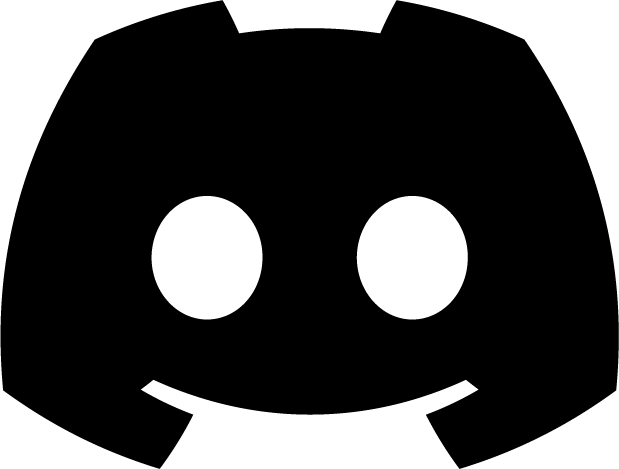Quick Start
Let’s create your first chart in 5 minutes. This guide uses React, but other frameworks are similar.
Step 1: Create a Basic Bar Chart
Let’s start with the simplest form of a bar chart.
import { Widget } from '@meursyphus/flitter-react';
import { BarChart } from '@meursyphus/headless-chart';
function MyFirstChart() {
const chart = BarChart({
data: {
labels: ['Jan', 'Feb', 'Mar', 'Apr', 'May'],
datasets: [{
label: 'Monthly Sales',
data: [120, 190, 300, 250, 420]
}]
}
});
return (
<Widget
width="600px"
height="400px"
widget={chart}
/>
);
}
That’s it! The chart will render with default styling.
Step 2: Add Multiple Datasets
In real applications, you often need to compare multiple data sets. Let’s add more datasets.
const chart = BarChart({
data: {
labels: ['Jan', 'Feb', 'Mar', 'Apr', 'May'],
datasets: [
{
label: '2023',
data: [120, 190, 300, 250, 420]
},
{
label: '2024',
data: [150, 230, 280, 320, 480]
}
]
}
});
Step 3: Your First Customization
Now let’s change the chart colors using the custom prop.
import { Container } from '@meursyphus/flitter';
const chart = BarChart({
data: {
labels: ['Jan', 'Feb', 'Mar', 'Apr', 'May'],
datasets: [{
label: 'Monthly Sales',
data: [120, 190, 300, 250, 420]
}]
},
custom: {
bar: ({ datasetIndex }) => {
// Apply different colors for each dataset
const colors = ['#3b82f6', '#ef4444', '#10b981'];
return Container({
width: Infinity,
height: Infinity,
color: colors[datasetIndex] || '#3b82f6'
});
}
}
});
Step 4: Try Different Chart Types
Line Charts work in a similar way.
import { LineChart } from '@meursyphus/headless-chart';
const lineChart = LineChart({
data: {
labels: ['Jan', 'Feb', 'Mar', 'Apr', 'May'],
datasets: [{
label: 'Visitors',
data: [1200, 1900, 3000, 2500, 4200]
}]
}
});
Step 5: Add Interactive Features
Let’s add tooltips and hover effects.
import { GestureDetector, MouseRegion } from '@meursyphus/flitter';
import { useState } from 'react';
function InteractiveChart() {
const [hoveredBar, setHoveredBar] = useState(null);
const chart = BarChart({
data: {
labels: ['Jan', 'Feb', 'Mar', 'Apr', 'May'],
datasets: [{
label: 'Monthly Sales',
data: [120, 190, 300, 250, 420]
}]
},
custom: {
bar: ({ label, value }) => {
const isHovered = hoveredBar === label;
return MouseRegion({
onEnter: () => setHoveredBar(label),
onExit: () => setHoveredBar(null),
child: Container({
width: Infinity,
height: Infinity,
color: isHovered ? '#2563eb' : '#3b82f6',
// Scale effect on hover
transform: isHovered ? 'scale(1.05)' : 'scale(1)',
transition: 'all 0.2s ease'
})
});
}
}
});
return (
<div>
<Widget width="600px" height="400px" widget={chart} />
{hoveredBar && (
<p>Selected month: {hoveredBar}</p>
)}
</div>
);
}
Real-World Example: Dashboard Chart
Here’s a more complete example that you can use in real projects.
import {
Container,
EdgeInsets,
BoxDecoration,
BorderRadius,
Text,
TextStyle,
Row,
MainAxisAlignment
} from '@meursyphus/flitter';
function DashboardChart() {
const chart = BarChart({
data: {
labels: ['Mon', 'Tue', 'Wed', 'Thu', 'Fri'],
datasets: [
{
label: 'Completed',
data: [12, 19, 15, 25, 22]
},
{
label: 'In Progress',
data: [5, 8, 7, 4, 6]
}
]
},
custom: {
// Custom layout
layout: ({ plot, xAxis, yAxis, legends }) => {
return Container({
padding: EdgeInsets.all(20),
decoration: new BoxDecoration({
color: '#ffffff',
borderRadius: BorderRadius.circular(12),
boxShadow: [{
color: 'rgba(0, 0, 0, 0.1)',
blurRadius: 10,
offset: { x: 0, y: 4 }
}]
}),
child: Column({
children: [
// Title
Text('Weekly Task Status', {
style: new TextStyle({
fontSize: 18,
fontWeight: 'bold',
color: '#1f2937'
})
}),
SizedBox({ height: 20 }),
// Legend
Row({
mainAxisAlignment: MainAxisAlignment.center,
children: legends
}),
SizedBox({ height: 20 }),
// Chart
plot
]
})
});
},
// Custom bar
bar: ({ datasetIndex }) => {
const colors = ['#3b82f6', '#fbbf24'];
return Container({
width: Infinity,
height: Infinity,
margin: EdgeInsets.symmetric({ horizontal: 4 }),
decoration: new BoxDecoration({
color: colors[datasetIndex],
borderRadius: BorderRadius.only({
topLeft: 4,
topRight: 4
})
})
});
},
// Custom grid
gridXLine: () => Container({
height: 1,
color: '#f3f4f6'
})
}
});
return <Widget width="100%" height="400px" widget={chart} />;
}
Next Steps
Congratulations! 🎉 You’ve successfully created your first chart.
Now explore:
- Core Concepts: Understanding the Flitter widget system
- Chart Guide: Detailed guides for each chart type
- Advanced Features: More complex customizations
Tips and Best Practices
1. Start Small
Begin with default charts and progressively add customizations.
2. Use TypeScript
TypeScript’s autocomplete makes development much easier.
3. Create Reusable Components
Extract frequently used custom components.
// Reusable custom bar
const BrandBar = ({ color = '#3b82f6' }) => {
return Container({
width: Infinity,
height: Infinity,
decoration: new BoxDecoration({
color,
borderRadius: BorderRadius.circular(4)
})
});
};
// Reuse across multiple charts
const chart1 = BarChart({
custom: { bar: () => BrandBar({ color: '#3b82f6' }) }
});
const chart2 = BarChart({
custom: { bar: () => BrandBar({ color: '#10b981' }) }
});


